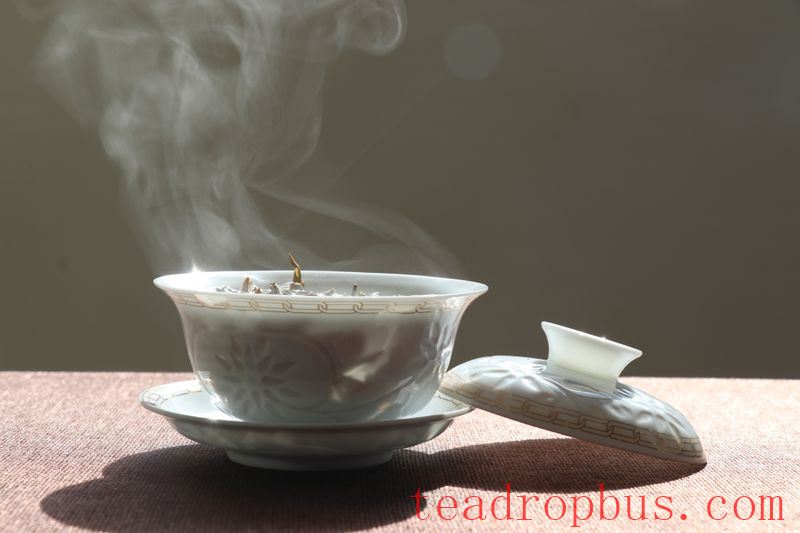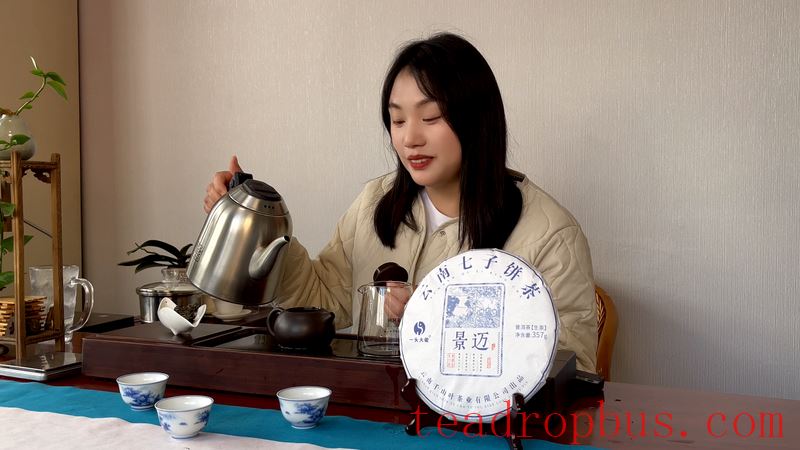Many people enjoy drinking Pu'er Tea, yet some say that the same type of Pu'er can taste different. Indeed, different brewing methods can produce distinct flavors.

1. Gongfu Dry Brewing Method
Each infusion is completely drained, leaving no residue. The gongfu brewing method is used to assess the number of infusions a tea can withstand and to experience the changes in color, aroma, and taste with each infusion. This is a common method among Pu'er enthusiasts. Additionally, this method can prevent the tea from becoming too dark for heavily fermented teas. For teas that are particularly bitter or astringent, quick infusions can help reduce these flavors.
2. Gaiwan Brewing Method
When brewing tea using a gaiwan (a lidded bowl), use a purple clay pot as a fair cup. The gaiwan helps cleanse the tea of any impurities and unwanted flavors, allowing the true taste of the tea to emerge. The infused tea is then poured into a purple clay pot, which acts as a communal cup, concentrating the aroma and flavor, ensuring they do not dissipate, while retaining warmth and enhancing the authentic taste.

3. Root-Left Brewing Method
After the initial rinse, always leave some of the infused tea in the Teapot, rather than emptying it completely. Typically, you would “leave two parts out of eight” or “leave half and pour half.” After pouring out the tea, add water again until the tea begins to fade—then, you can allow it to steep for longer periods. Steeping refers to a relatively longer brewing time, characterized by a slow pace.
The root-left and steeping methods better showcase the characteristics of Yunnan Pu'er tea. They help regulate the taste of the tea throughout the session, making the transition between infusions smoother. They also provide ample time for the development of the tea's flavors, achieving an ideal state of “matured tea with a warm aroma.” This method is suitable for high-quality Pu'er teas.

4. Adjustment Method
For aged teas with minor impurities but good quality, the first rinse and the first two infusions can be handled at high temperatures, followed by subsequent infusions at a significantly lower temperature with longer steeping times. For newer teas with excellent quality but lacking in aroma and color, the rinse can be done at a high temperature with a brief steep, and subsequent infusions should be performed at high temperatures with a faster pace.
5. Boiling Method
This method is suitable for coarser and older teas, such as those that have undergone light dampening processes. When using glassware for boiling, you can observe the dynamic scene of the tea floating in the boiling water and watch the tea liquor gradually develop its color, adding a lot of fun to the process. If you use a ceramic pot with ethnic minority motifs, the waiting process while slowly simmering adds another layer of enjoyment.

6. Special Brewing Method
Some highly fragrant but weaker teas require a unique brewing approach. Start with a high-temperature rinse that is allowed to steep slightly longer for the first infusion, combined with the “root-left brewing method,” and then proceed with quick infusions for subsequent brews.